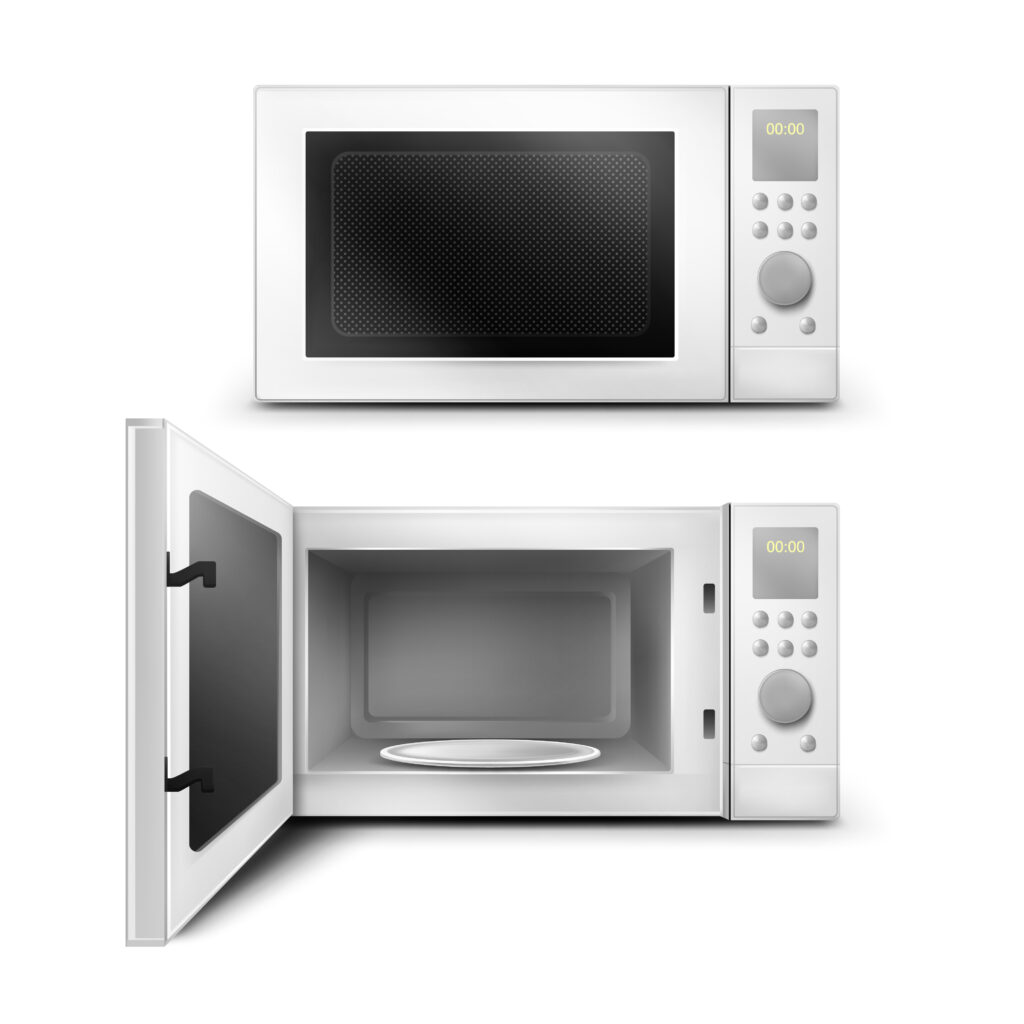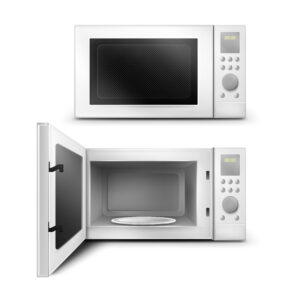Microwave ovens have become a staple in modern kitchens, offering a quick and convenient way to prepare and heat food. However, some lingering concerns about the safety of microwaved food persist. Is food cooked in a microwave oven truly safe to eat? In this article, we’ll delve into the science behind microwave cooking, address common myths, and provide practical tips to ensure your microwaved meals are both safe and delicious.
Understanding How Microwave Ovens Work
Microwave ovens use electromagnetic waves, known as microwaves, to cook food. These waves excite water molecules in the food, causing them to vibrate rapidly. This vibration generates heat, which then cooks the food from the inside out. This method is generally efficient and can preserve nutrients better than some traditional cooking methods.
Common Myths About Microwave Cooking
1. Microwaves Alter Food Nutrients Significantly
One common myth is that microwaving food destroys its nutrients. In reality, microwave cooking is similar to other cooking methods in terms of nutrient retention. Studies show that microwaving can actually help preserve nutrients due to shorter cooking times and minimal water use compared to boiling or frying. For instance, cooking vegetables in the microwave often retains more vitamins than boiling them, which can cause vitamins to leach into the water.
2. Microwaves Cause Cancer
Another concern is that microwaving food can cause cancer. This is a misconception. Microwaves use non-ionizing radiation, which is different from ionizing radiation (such as X-rays) that has been linked to cancer. Non-ionizing radiation is not strong enough to remove electrons from atoms or molecules, meaning it doesn’t cause cancer. The FDA regulates microwave ovens to ensure they are safe, and the radiation they emit is contained within the appliance.
3. Microwave Containers Are Dangerous
People often worry that microwave-safe containers can still leach harmful chemicals into food. To mitigate this risk, always use containers labeled as microwave-safe. Avoid using plastic containers that aren’t designed for microwave use, as they may melt or release harmful chemicals when heated. Opt for glass or ceramic containers for a safer option.
Best Practices for Safe Microwaving
1. Use Microwave-Safe Containers
Always use containers specifically labeled as microwave-safe. Glass and ceramic are generally good choices. Avoid using plastic containers not marked for microwave use, as they might contain harmful chemicals that can leach into food when heated.
2. Avoid Overheating
Microwaves can heat unevenly, so it’s important to stir food and check the temperature to ensure it’s cooked thoroughly. Uneven heating can leave cold spots where bacteria can survive. Using a microwave-safe cover can help distribute heat more evenly.
3. Follow Cooking Instructions
Microwave ovens vary in power, so follow the cooking instructions provided for your specific model. This helps ensure that food reaches a safe temperature throughout. Use a food thermometer to check that the internal temperature of reheated leftovers reaches at least 165°F (74°C) to kill any potential bacteria.
Buy from Amazon with Heavy Discount: Panasonic 25L Solo Microwave Oven (NN-ST310QBFG, Black, 85 Auto Cook Menus)
4. Clean Your Microwave Regularly
A clean microwave is a safe microwave. Spills and food splatters can harbor bacteria and cause unpleasant odors. Regularly clean your microwave with a mild detergent and water, and use a microwave-safe cover or plate to catch any messes during cooking.
5. Avoid Metal Objects
Never use metal utensils or containers in the microwave, as they can cause sparks and potentially start a fire. Stick to microwave-safe plastics, ceramics, or glass.
Conclusion
Microwaved food, when prepared and handled correctly, is as safe as food cooked using other methods. The myths surrounding microwave cooking often stem from misunderstandings or outdated information. By following safety guidelines and using appropriate containers, you can enjoy the convenience of your microwave without compromising on health or quality.
So, next time you pop a meal into your microwave, rest assured that you’re making a safe choice. With proper usage and precautions, microwaved food can be a nutritious, quick, and reliable option for busy lifestyles.
Buy from Amazon with Heavy Discount: IFB 24 L Solo Microwave Oven (24PM2S, Silver, 69 Indian and Continental Auto Cook Recipes)



More Stories
Cheap Professional Viagra purchase * General Health Pharmacy * Discounts And Free Shipping Applied
Where I Can Buy Acticin Without Prescription
Three Major Steps in Writing a Research Paper